“Although it may not be immediately apparent to the viewer, I intended to convey the idea that everything in our world and the universe, no matter how small or large, are somehow interconnected,” says photographer Ben Simon Rehn to the Phoblographer in an interview. “They are a part of it, and so are we. When you first begin to think this way, it could be difficult to understand…the more you actually observe and pay attention, the more you’ll come to this understanding.” Ben’s series called Rivers is a fascinating piece of photography that lends itself well to what we call genuinely human photography. It’s the type of random abstract nature that isn’t algorithmic but is instead something that we can’t put into words.
All images by Ben Simon Rehn. Used with permission. For more from Ben, follow his Instagram, website, and Behance. Want to be featured? Here’s how you can show us your work.
How Ben Simon Rehn Got Into Photography
Ben used to live in Iceland — and honestly, we could stop this whole section right there. Iceland has been an insanely popular tourist destination for well over a decade. He hails from Germany and fell head over heels for Iceland. On top of that, his friends were already into photography. I guess one could say that it was peer pressure, right? Ben borrowed a friend’s camera and started learning stuff by doing it. “Being surrounded by the fantastical vistas of Iceland was quite helpful,” recalls Ben. “There is no site I can think of better to begin taking photographs. Almost everyone is moved by the magic and inspiration of these settings.” He continued by saying that he greatly appreciates his time in Iceland.
These days, he uses a variety of camera gear. He often reaches for a 24-70mm lens or a fixed wide angle for aerials. Typically, he’s shooting from a helicopter or an airplane. And because things are moving so fast, he has to hit the shutter immediately, or he’ll miss the scene.
I can still picture the mountain peaks stitched together above the clouds, then a split second later it was all gone.
Ben Simon Rehn
When he’s not shooting from the air personally, he uses a drone. And personally speaking, he doesn’t find the photographs to be any better or more engaging, even though it simplifies the process.
Overall, Simon prefers flying himself vs. using a drone. “It usually takes me a few days or even weeks after a trip to really understand what I actually saw and shot because of the grandeur, structure, and beauty.”
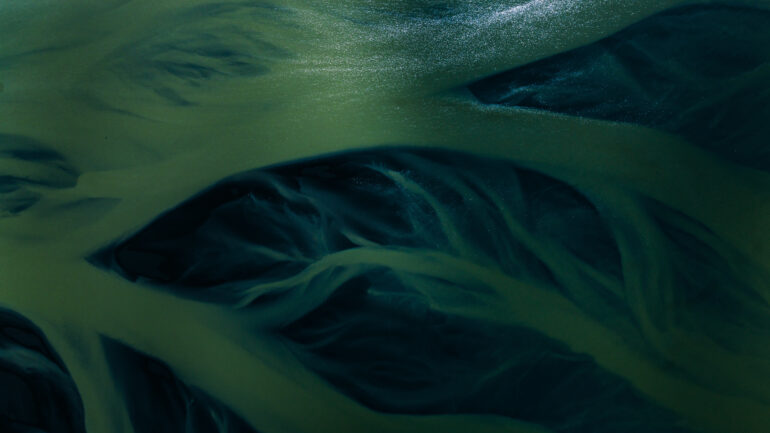
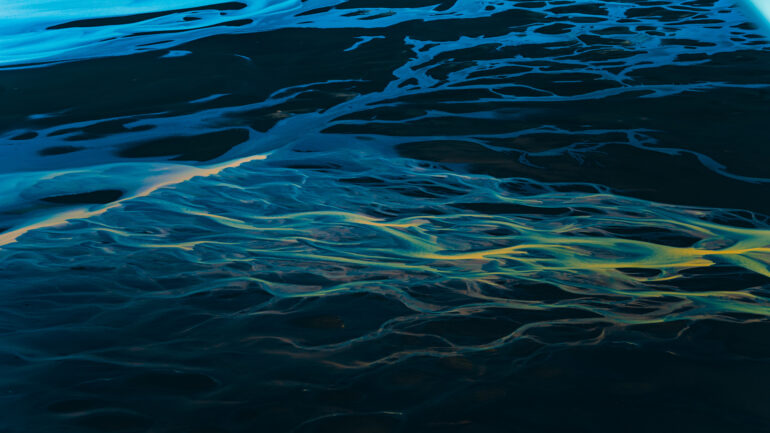
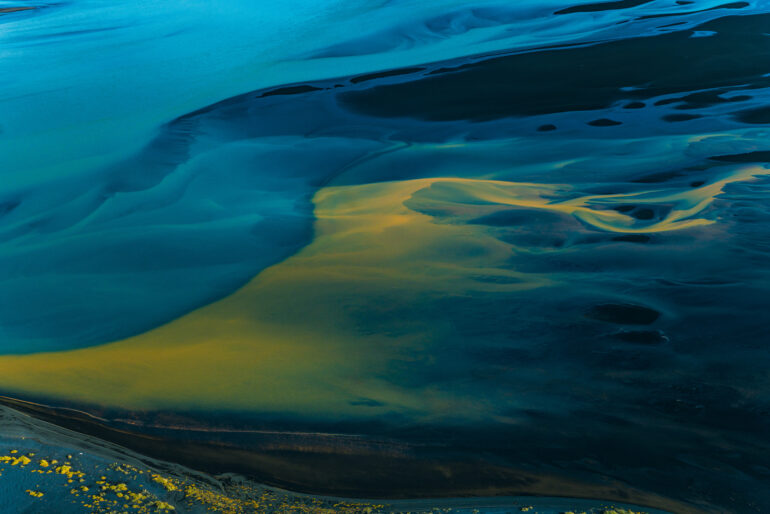
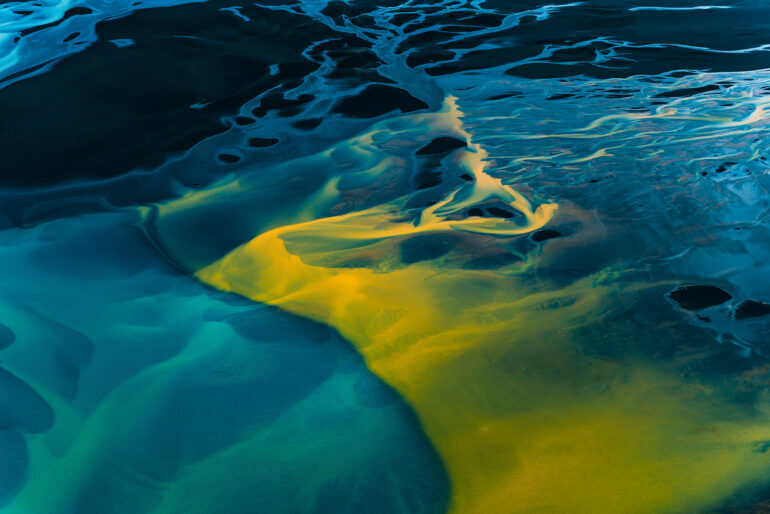
The Making of Rivers
When Ben was shooting the photos for Rivers, quite a bit of work went into it. Besides taking a while for him to sit back, separate, and understand what he shot, he was very picky about selecting what work went into the final edit. “It must have personality and some sort of familiar, natural shape that we have all seen before,” says Ben. “There are patterns in everything, including life, nature, the universe, and more. These patterns repeat, and we remember them because they are in some way familiar.” And this is true — stare deeply into the series and you’ll see tons of natural patterns. Some of the look like what you’d see on tree bark while others remind you of veins and other arteries that we see in bodies.
In fact, Ben was specifically searching for veins. “We all have them in our bodies, you can see them in sand buildings, and you can pretty much see them everywhere when something is liquid and flowing, but I’ve also seen similar kinds of patterns in wind-shaped structures or erosion,” he tells us. “There seems to be a natural sequence to when these kinds of things appear.” This ties into his larger idea of the fact that we’re all connected: and that’s the hidden message in his work.
For Ben, this idea makes him feel at ease with all the questions of the universe. He reasons that while it’s not easy for anyone to find their way or fit in, we should actively enjoy the present because everything will turn out as it should be. He gets this idea from the rivers — which flow and navigate their way around obstructions and the world. “
The flow will eventually terminate where it is supposed to, even if it sometimes takes longer or makes a wider turn. Even with all the technology and advantages at our disposal today, the journey might be either challenging or straightforward, but it always ends where it should.
Ben Simon Rehn
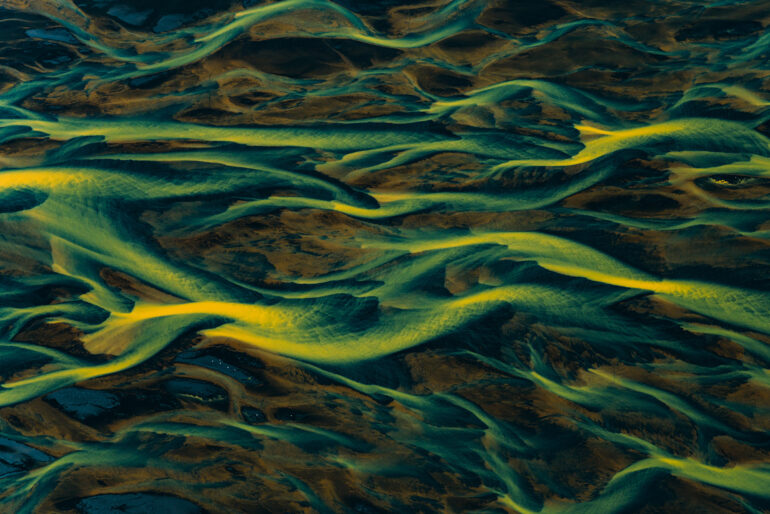
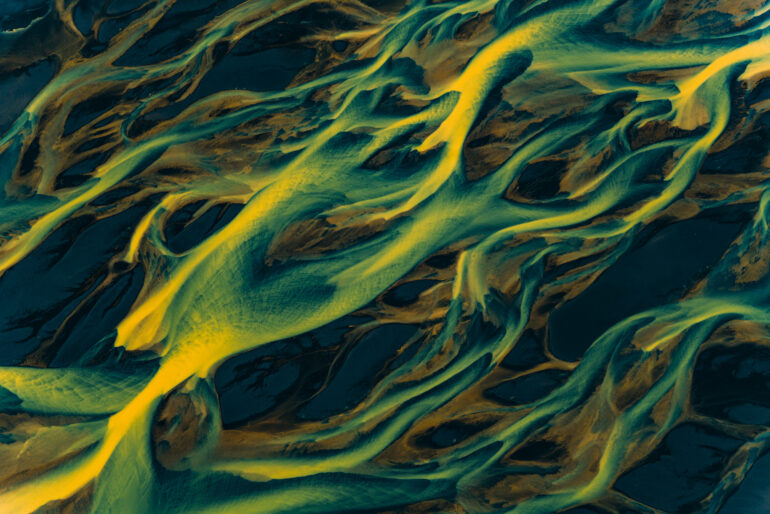
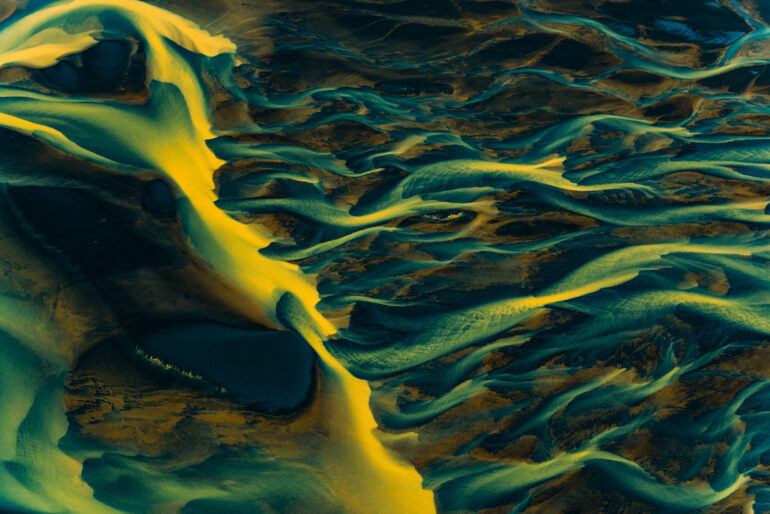
On AI in Photography
Something that we’ve been tackling a lot in our interviews with photographers is the concept and idea of AI in photography. And specifically, we’ve been on the hunt to feature photographers that create images in such a way that we wouldn’t think AI would do. Ben thinks that we’re in the middle of something very significant, though.
In fact, Ben has done some experimentation with it himself and is impressed. But he states that he’s not a graphic designer and that it’s easier for him to create photos than it would be otherwise.
“…I am not against it since I believe it will open up amazing new opportunities for many people who previously were unable to pursue their dreams, but it will also greatly help professionals by allowing them to expand their level of creativity,” says Ben. I also wonder where creativity actually originates because I have learned that it is not always the same. For me, it comes in waves, and I’ve never known in advance how long each wave will last.” This, again, is a metaphor seemingly for Rivers.
Many questions come up for Ben with AI. He believes that most creative endeavors come from feelings. It can be love, grief, hope, anger, etc. But no matter what, humanity needs to be driven to do something. However, he wonders if AI has feelings and whether or not it can develop them without human assistance. If it becomes sentient one day, he wonders what it will mean for creativity. More importantly, he wonders how we will distinguish between real photos and AI images.


Leave a Reply